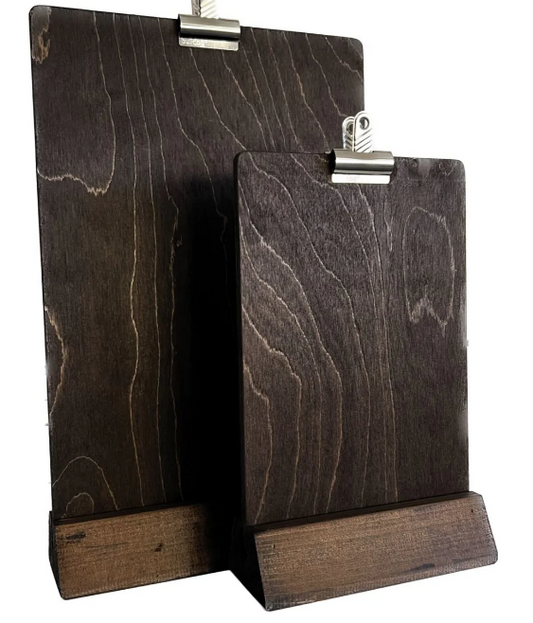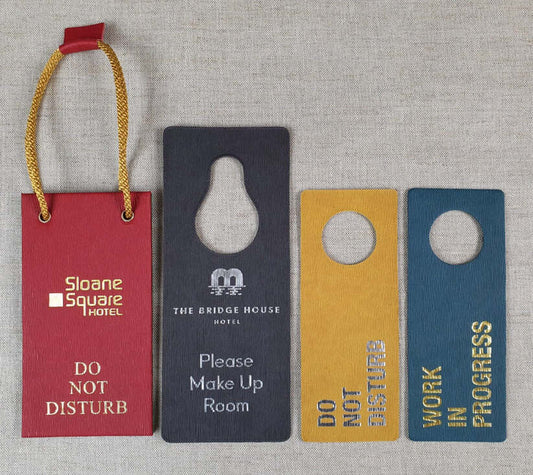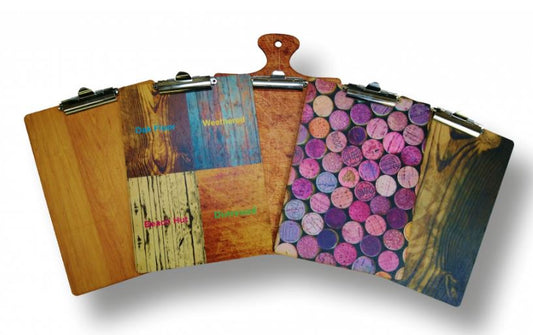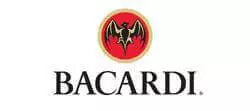While outstanding food and excellent customer service are essential for repeat business, a restaurant's ambience is equally significant. Customers should feel at ease and enjoy their meals. The design of a restaurant sets the tone for a customer's dining experience. Jazz, linen tablecloths, and fine China set a very different vibe than loud music, Formica tables, and plastic cups.
1. Menu Design Standards
A well-designed menu that is meticulously put out and prepared is essential in the restaurant sector. Your menu is the most important tool for driving sales to your business, and tweaking it can help you increase sales and profitability. Furthermore, statistics have shown that a well-designed menu can increase revenues by 10% to 15%. That's why we recommend Smart restaurant menu covers.
2. Designing Problem Areas
There would be no such thing as a terrible table in a great restaurant (also see restaurant concepts). Few restaurants, however, can avoid having at least one problematic section in their dining room. Tables near the kitchen entrance, restrooms, and front entry are common restaurant trouble areas—places where guests don't like to sit. Dining clients aren't always fond of tables right in the midst of the dining room.
Try putting barriers between tables, such as wooden walls, tall plants, or screens, to assist hide trouble areas. If possible, instead of a dining table, consider relocating a wait station or bus station to a problem location.
Sitting in every chair in your dining room before opening day is one method to detect issue spots. Take a look at the view from each seat. One might have a direct view into the bus terminal, while the other might get a draft from the front door.
3. Seating Capacity Management
A restaurant's design should strike a balance between a warm environment and maximum seating capacity. In other words, you want to attract enough consumers to keep you busy and profitable while also making guests feel welcome. Some restaurants place a greater emphasis on seating capacity than on interior design. For example, diners have larger sitting capacity, whereas fine dining restaurants place a greater emphasis on ambiance.
4. Entertainment and Music
With most restaurants, silence is absolutely not a virtue. Music, just as much as the menu's style or the artwork on the walls, will set the tone of a restaurant. Avoid repeating CDs for the sake of your staff, who will have to listen to them repeatedly.
For informal dining restaurants, radio is a low-cost choice, however non-commercial stations are preferred. Live entertainment, while costly, provides a distinct feeling of ambience. A skilled musician or band can attract more people than any supper special. On weekends and certain nights of the week, many restaurants include live music.
5. Restrooms
Restrooms in restaurants have the same design and feel as the rest of the restaurant. At the start of each shift, restrooms should be checked at least once (preferably more often if it is busy). Refilling paper goods and carrying out the garbage might be delegated to a hostess or bus worker.
6. Ventilation System
Heating and cooling is a crucial (and costly) concern for every new or existing restaurant. Kitchens in restaurants emit a lot of heat, odors, and smoke. Make sure your commercial range has adequate ventilation, including a cover and fans.
Any restaurant design must also provide adequate air conditioning. In the middle of a summer heatwave, nothing will turn customers away faster than a non-air-conditioned dining room. It may be tempting to cut corners here, but inadequate ventilation and air conditioning can cost you a lot more in lost sales in the long run.















